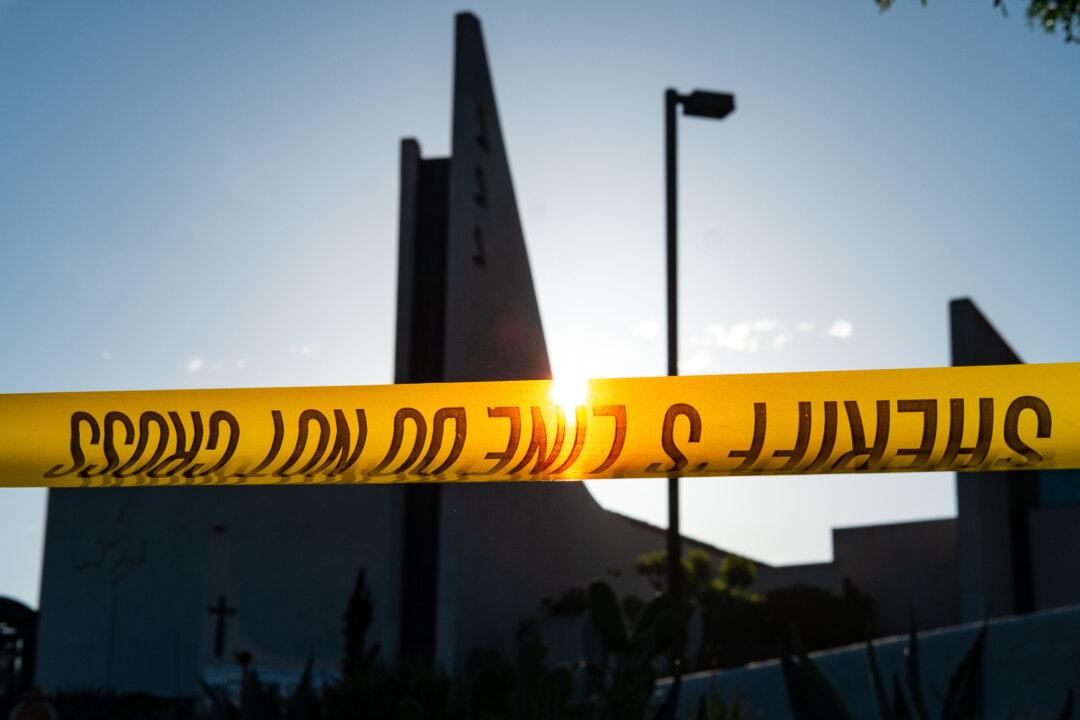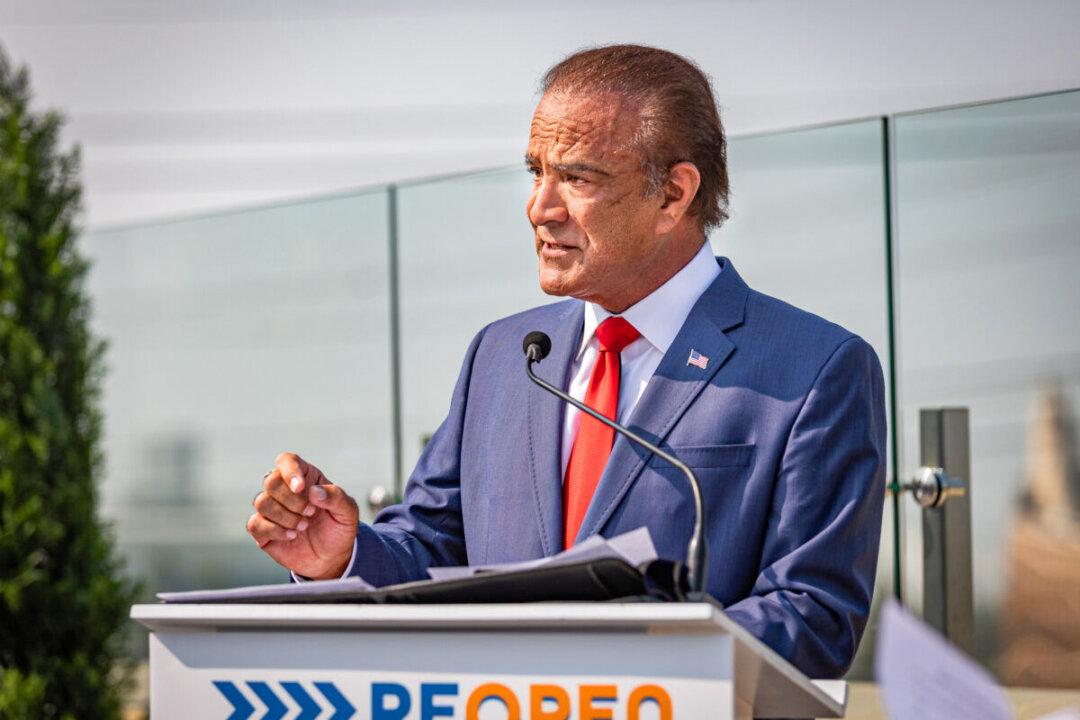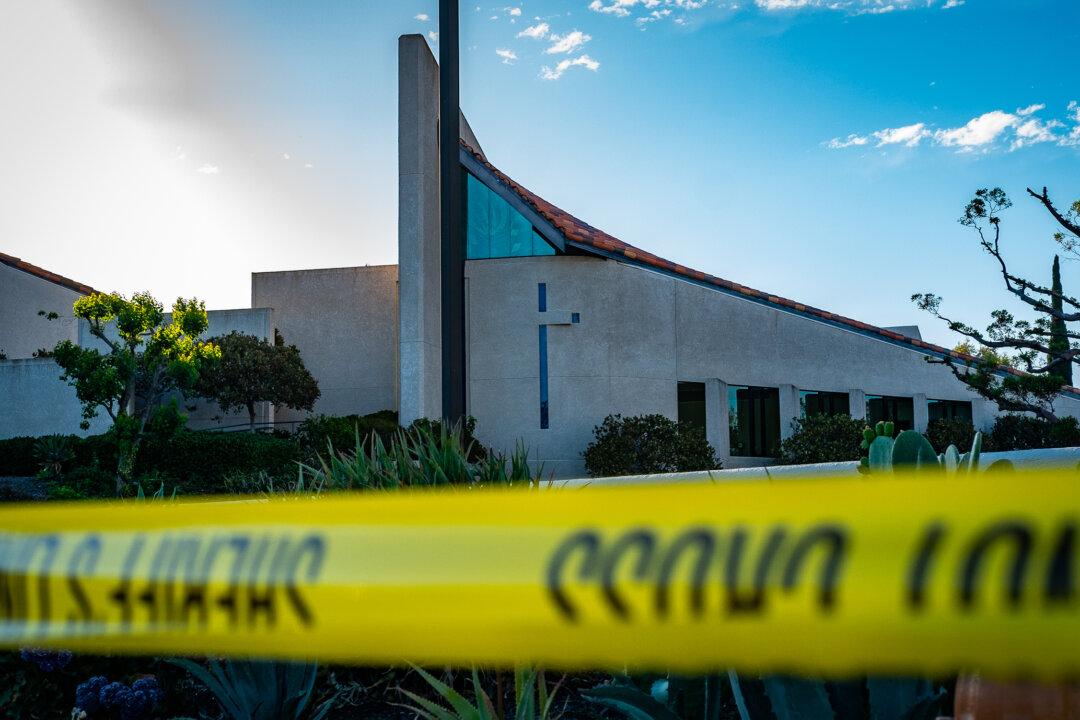California Gov. Gavin Newsom proposed to inject another $6.1 billion into a plan on Jan. 26 that will accelerate the state’s transition to zero-emission vehicles.
The funds will build upon the state’s $3.9 billion November 2021 investment in making electric vehicles more affordable while also investing in charging stations.




